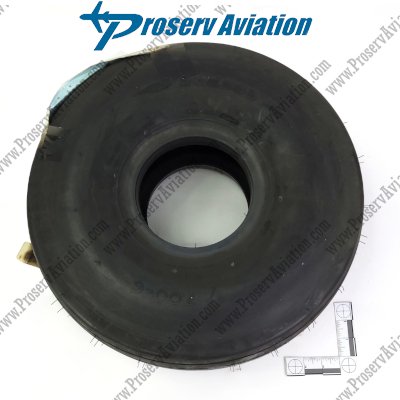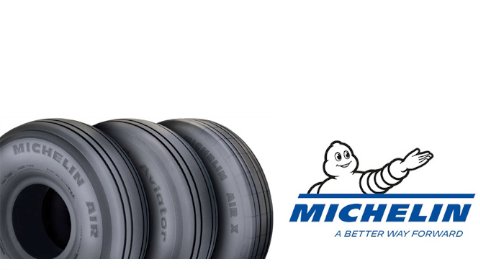Michelin Condor 072-306-0 7.00×6 Main Aircraft Tire


In Stock | Best Price | Professional Service
Michelin Condor 072-306-0 7.00×6 8 ply Main Tough enough for flight schools.
| Brand | Michelin Condor |
|---|---|
| Part Number | 072-306-0 |
| Size | 7.0 x 6 |
| Ply Rating | 8 PR |
| Speed Rating | 120 mph |
| Type | TT ( Tubetype) |
| Typical Position | Main Landing Gear (MLG) |
| Rated load | 2550 lb |
Michelin Condor Aircraft Tire
Tough enough for flight schools. A great value for private pilots.
- Michelin Condor aircraft tires offer outstanding durability and value, which explains why they’ve been popular with flight schools and private pilots for so many years.
- They are tough enough to handle the rigors of a flight school environment, widely available at an economical price, and offer the new tire peace of mind that a retread simply can’t match.
- For tires that deliver quality, reliability and high value, contact your Michelin Condor dealer today.
Key Parts of an Aircraft Tire & Their Roles
Tread
- The outermost surface that contacts the runway is made of a hard, wear-resistant rubber compound designed to resist abrasion, chunking, and heat. While it may feature shallow grooves for water evacuation, it generally has a minimal pattern to maximize contact and durability.
Cap or Overlay Layer
- The location of the tougher “cap” layer is immediately beneath the tread, and its function is to absorb wear and protect the underlying layers.
Belt or Reinforcing Plies
- The location of the fibers, which can include materials like nylon and aramid, is just under the tread or overlay. These fibers serve several important functions, including providing hoop strength, helping to control deformation, spreading stresses, and reducing heat build-up.
Carcass Plies
- The mid-section of the tire plays a crucial role by providing the bulk of its structural strength. It holds the tire’s shape under pressure and load while also reducing internal flexing and fatigue.
Sidewalls
- The flanks of the tire, situated between the tread and the bead, play a crucial role in balancing flexibility with strength; the rubber and reinforcement in this area must effectively resist cracking or tearing when subjected to lateral and bending stresses.
Inner Liner / Air-Holding Layer
- The inner surface of the tire plays a crucial role by sealing the pressurized gas, often nitrogen, inside. This sealing function prevents leakage and helps maintain stable pressure, which is essential for preventing overheating due to under-inflation.
Bead / Bead Bundle
- The location of the protective features is at the edges adjacent to the bead, and their function is to protect against abrasion, chafing, or damage caused by the wheel or mounting equipment.
Apex / Filler / Shoulder Reinforcement
- The location is situated between the carcass and sidewall, near the edges. Its function involves gradually transitioning stiffness between the sidewall and tread, which helps to smooth stress gradients and reduce localized wear.
Flippers / Chafer Protection
- The location of the protective features is at the edges adjacent to the bead, and their function is to protect against abrasion, chafing, or damage caused by the wheel or mounting equipment.
